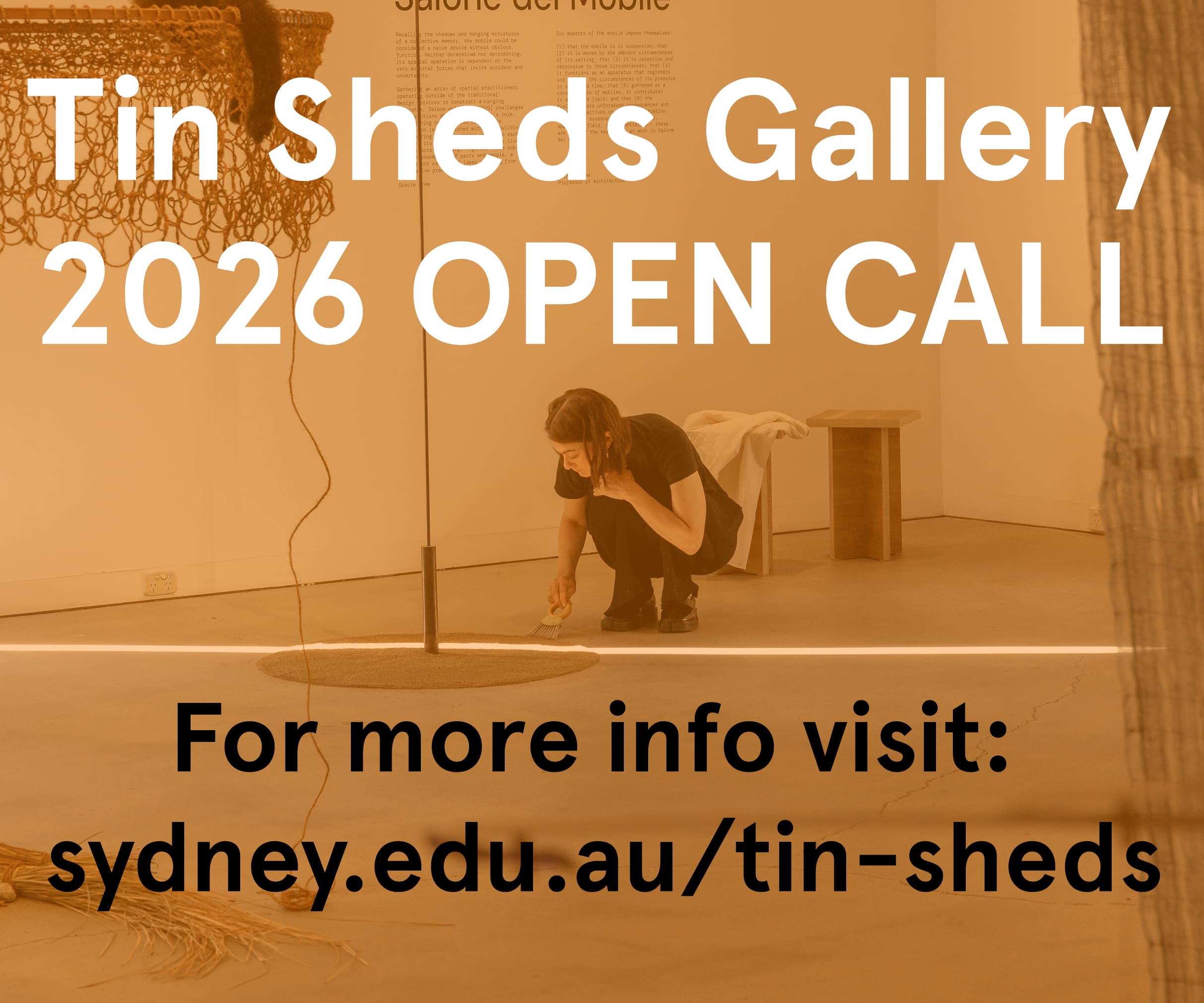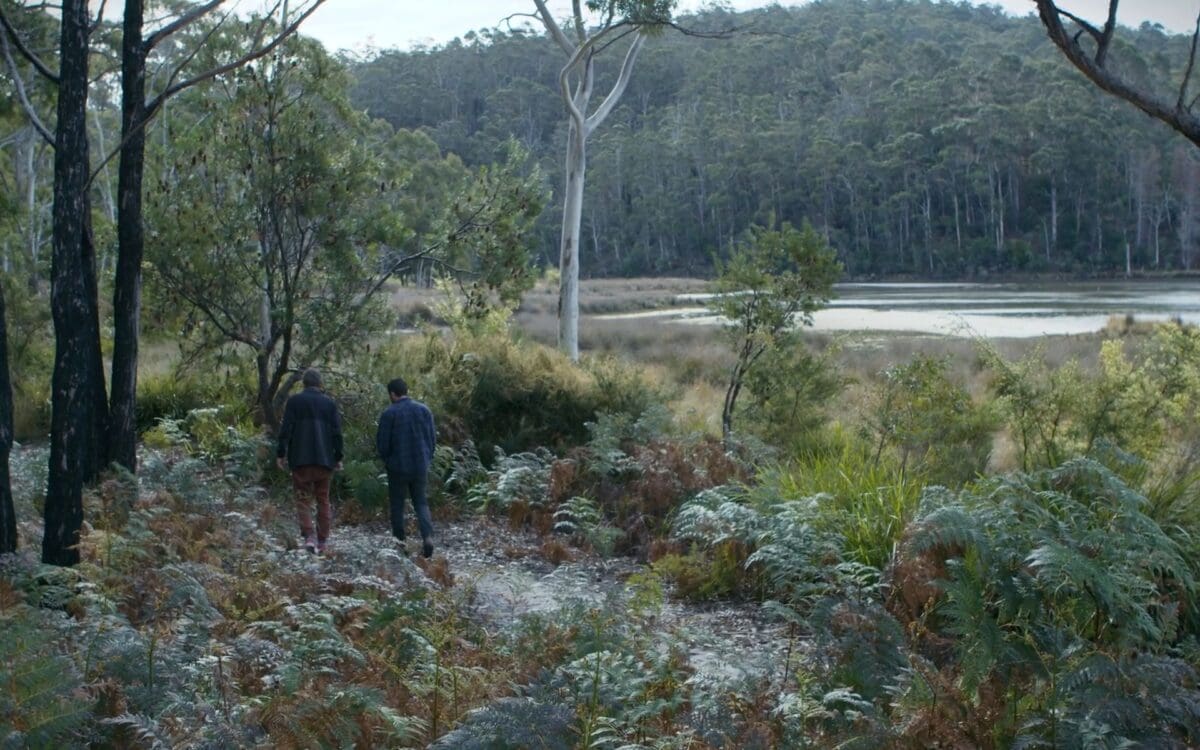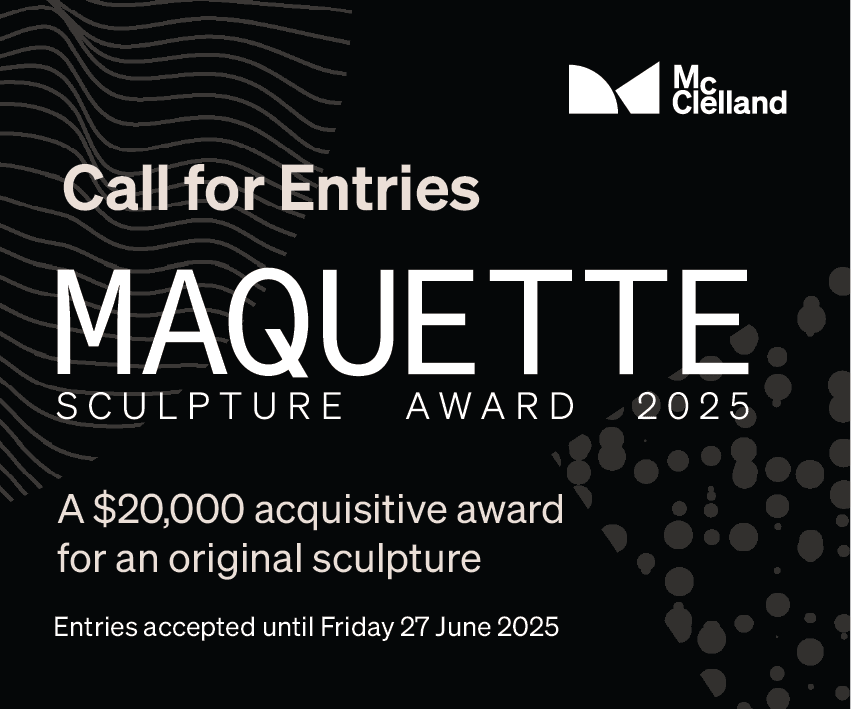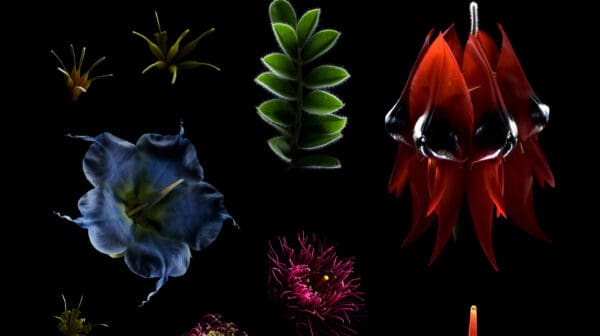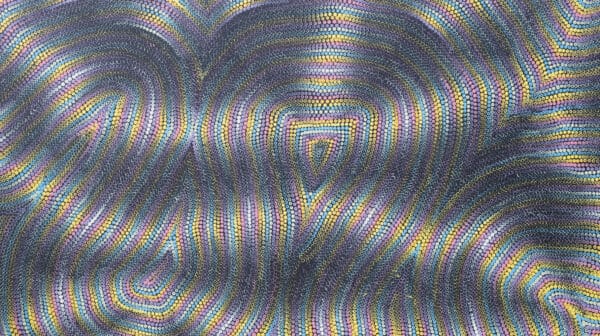The callout was brief: Australians of British descent willing to donate their future deceased body to an art installation, please apply. Predictably, the classified advertisement in The Age caused a stir.
The art project, titled Relics Act, would “speak to sacrifice for past sins perpetrated against the Palawa”; one of the Aboriginal clans of Lutruwita/Tasmania. “The body and the memory of the successful applicant will be treated with the utmost respect at all stages of the project.”
Palawa/Pakana man Nathan Maynard of the Trawlwoolway nation says he was surprised that more than 50 people across a large age range volunteered their future cadavers after he placed the notice in the newspaper in March this year.
“Straight away I got this beautiful vibe from the man that he was genuine,” says the artist. “He told me that, in the past, ignorance had made him racist, and he’d come a long way in his life.”
“Most were people who genuinely felt that Aboriginal Australia had been wronged,” says Maynard. “They felt guilt for how our people were treated by their ancestors.” None were people with terminal illnesses or who envisaged their deaths were imminent.
Maynard, 43, lauded as a playwright for works on Indigenous cultures, identity and sporting heroes, responded to everyone who emailed him in response to the ad, ultimately choosing Victorian-born Tony Hawkins, 71, the seventh or eighth person he interviewed.
The pair clicked, partly over a mutual love of cricket. “Straight away I got this beautiful vibe from the man that he was genuine,” says the artist. “He told me that, in the past, ignorance had made him racist, and he’d come a long way in his life.”
“We basically planted our little black butts there and said we weren’t moving, and it was one of the first parcels of land officially given back to us in the 1990s.”
Filmmaker Ursula Woods then documented Maynard and Hawkins’s first meeting in Melbourne, and their journey to Tasmania, to Putalina/Oyster Cove, where Hawkins’s lifeless body will one day be taken.
“Our ancestors were taken there in the mid-1800s after they were taken to Wybalenna [on Flinders Island],” Maynard explains. “A lot of our fellas died there. [Former Tasmanian premier] William Crowther dug up a lot of graves, stole their remains and sent them overseas.”
Putalina was also the site of a land rights campaign in the early 1980s. “We basically planted our little black butts there and said we weren’t moving, and it was one of the first parcels of land officially given back to us in the 1990s.”
One day at Putalina, Hawkins’s ashes will be launched to sea on a bark and reed ningher, a canoe, in the direction of Britain, while Palawa/Pakana people perform a ceremony in the volunteer’s honour.
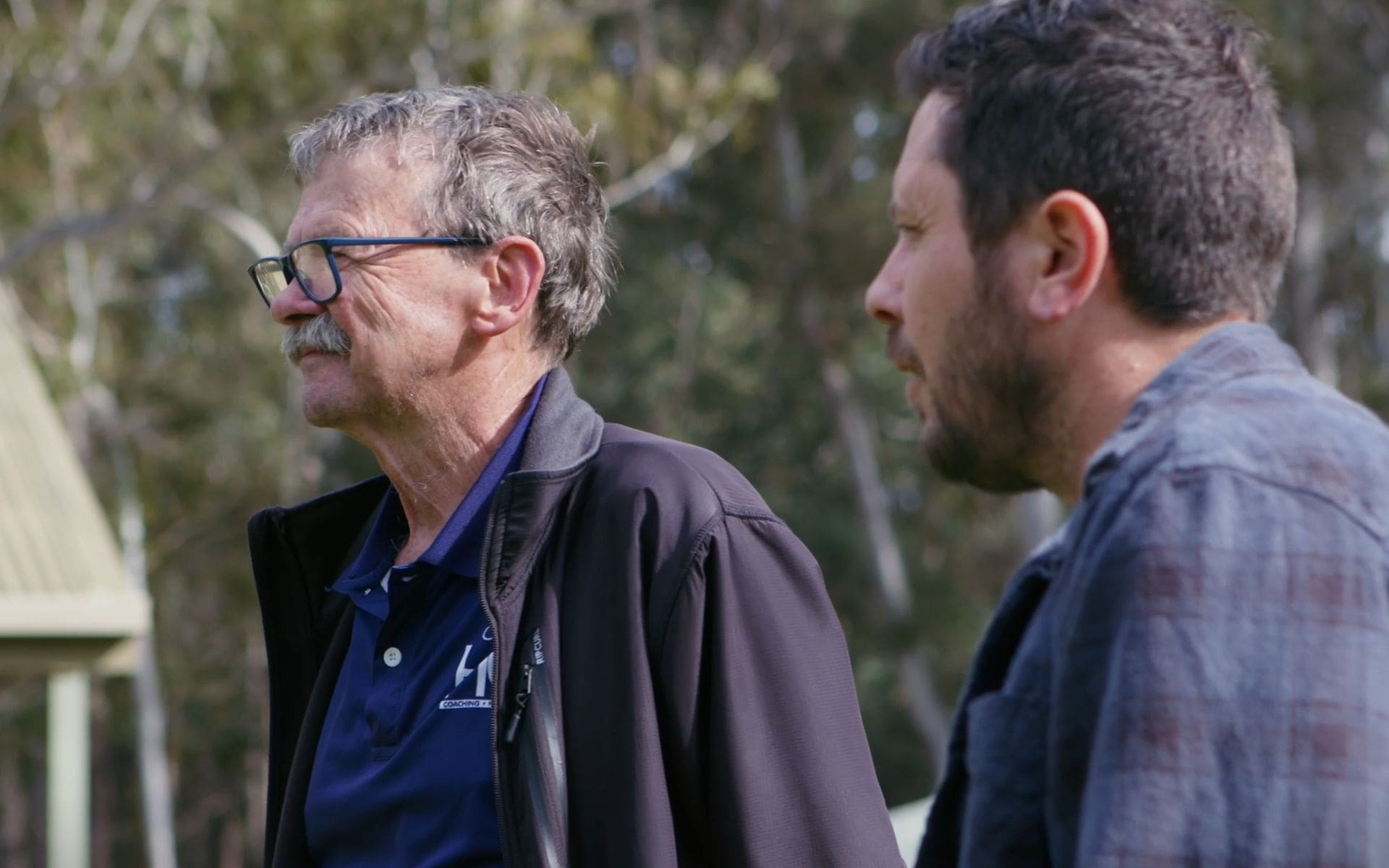
The video documentation of Maynard and Hawkins’s reconnaissance trip, projected on three walls, has been installed in the Tasmanian Museum and Art Gallery (TMAG), alongside a ningher, as part of the Hobart Current biennial, curated by Chris Twite.
The theme of this year’s iteration is ‘Epoch’, and Maynard’s work is featured alongside nine other artists: five fellow Tasmanians—Georgia Morgan, Isabella Foster, Lou Conboy, Tricky Walsh, and Wona Bae and Charlie Lawler (exhibiting as a duo)—as well as Rochelle Haley from NSW and international artists Arushi Jain (US) and Florence Shaw (UK).
“Like you, I had seen several of Nathan’s theatrical works, and in speaking with him … [I realised] it is such an ambitious concept, so deeply rooted in a larger arc of his work across multiple mediums, that it was an incredible moment to be a part of.”
Twite says the Epoch theme of the biennial, which features six works including Maynard’s at TMAG (the rest are in public spaces at St David’s Park, Purdy’s Market and Argyle Street in Hobart) was inspired by “upheaval around societal issues, war and catastrophe around us, environmental change in climate. We’re continually bombarded by large questions, but at the same time we see change in the way different generations are looking to their future, and how we’re seeing a change in what they assumed their future was going to be.”
Twite acknowledges Maynard is best known as a playwright, rather than as a visual artist. “This is an expansion of his practice,” agrees Twite. “Like you, I had seen several of Nathan’s theatrical works, and in speaking with him … [I realised] it is such an ambitious concept, so deeply rooted in a larger arc of his work across multiple mediums, that it was an incredible moment to be a part of.”
Maynard says Relics Act is in part a response to British and other European museums and institutions stealing Aboriginal remains, which Indigenous groups are still fighting to have returned. Putalina/Oyster Cove is a site for some repatriations of those remains.
“First Peoples’ nations all around the world have got their ancestors’ remains wrongfully held up in museums and institutions, [many of which] still refuse to this day to give our remains back.”
“We normally hold ceremonies for them fellas there; the old fellas we don’t know much of their history,” says Maynard. “Sometimes, we get the remains back from these institutions and all [the documentation] will say is, ‘Tasmanian Aboriginal, 12 years of age’, or ‘Tasmanian Aboriginal, male’.”
One tabloid news outlet labelled Maynard’s body callout “bizarre”, and reported on the taxpayer funding contributed to the art project.
“If they’re so upset about a white fella willingly donating his remains, they should be absolutely disgusted about our fellas that were dug up and then cut up, and then sent to these institutions,” says Maynard.
“First Peoples’ nations all around the world have got their ancestors’ remains wrongfully held up in museums and institutions, [many of which] still refuse to this day to give our remains back.”
Hobart Current: Epoch
Tasmanian Museum and Art Gallery, and public spaces in Hobart
17 November—11 February 2024

